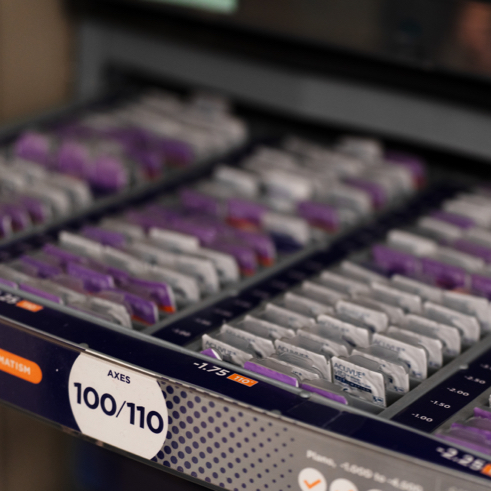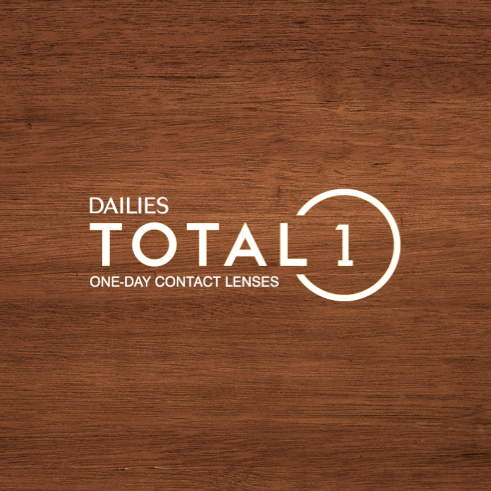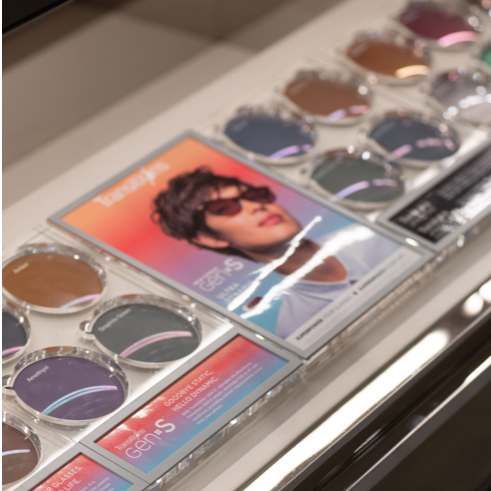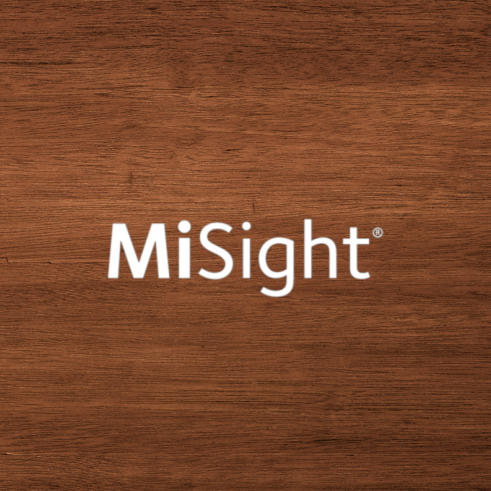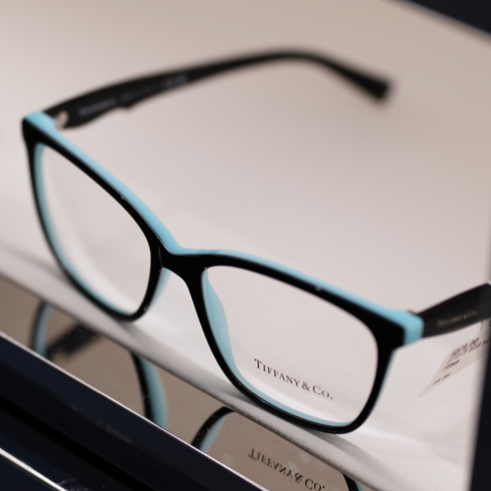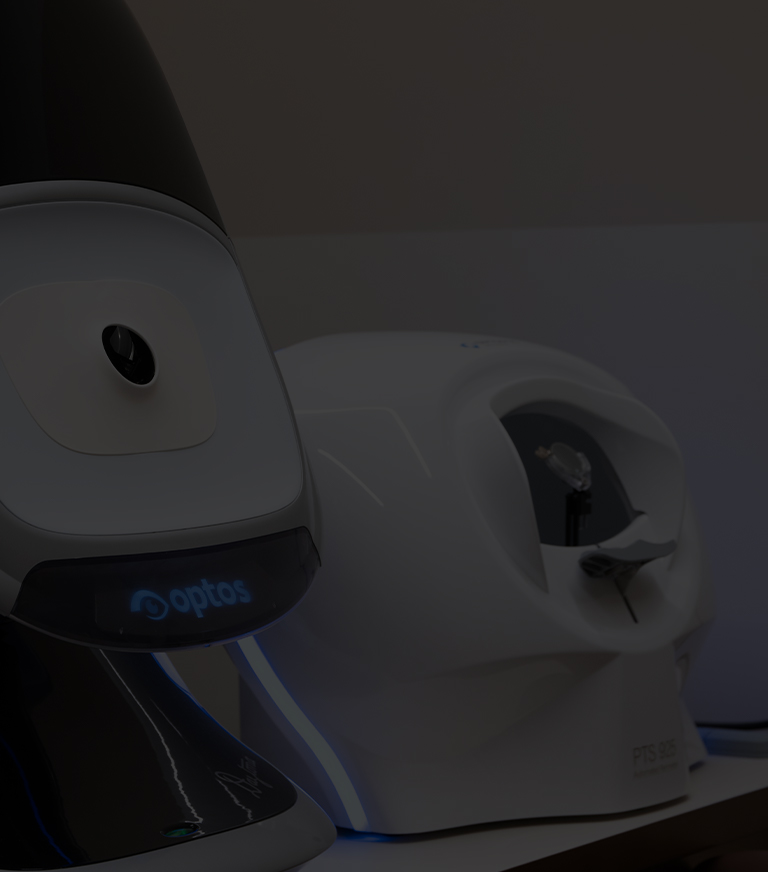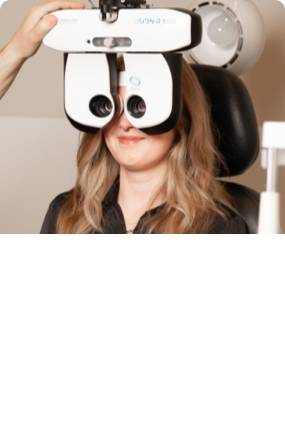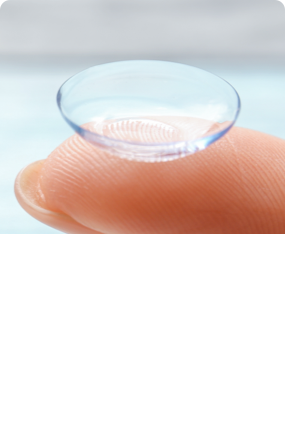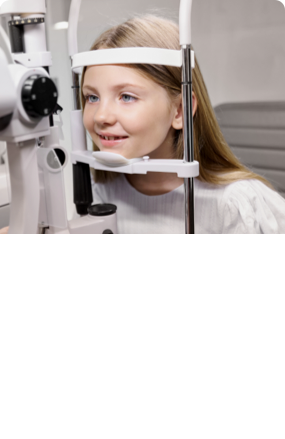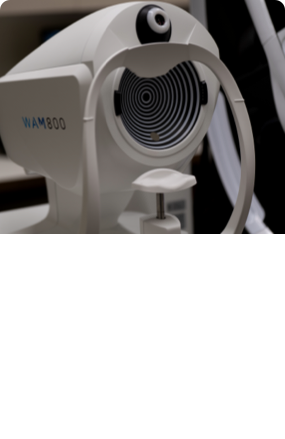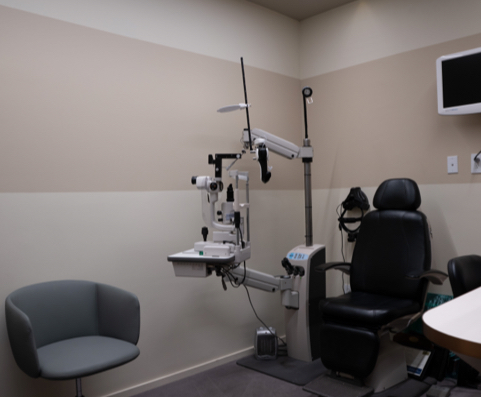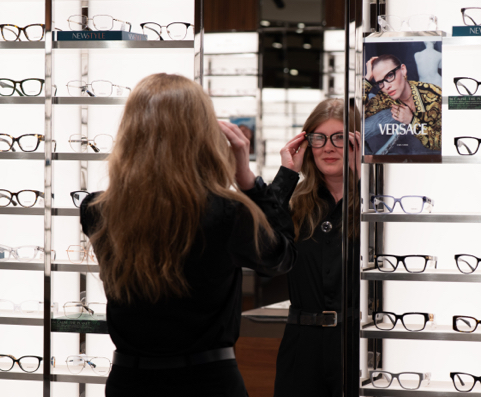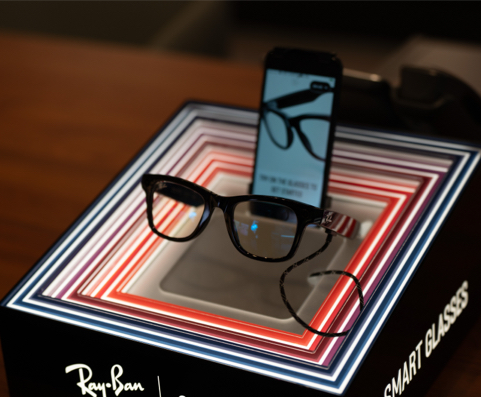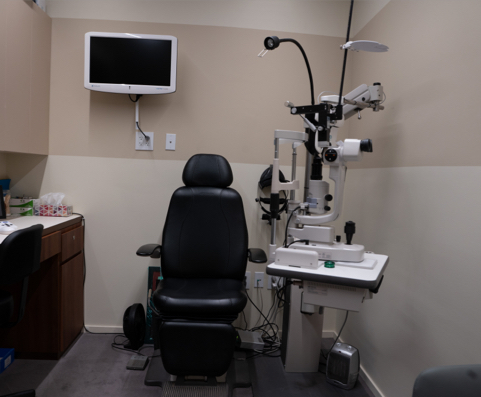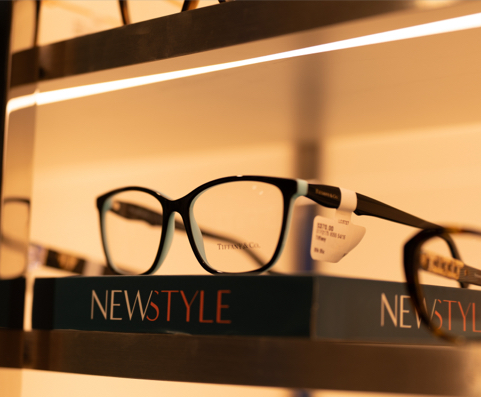Supporting Your Vision
Your routine eye exam is about more than just updating your prescription—it’s about caring for your long-term eye health. At Orchard Park Optometry, we take a thorough and personalized approach to every eye exam, utilizing innovative technology and a warm, welcoming touch.
Our team is always happy to answer any questions you have. Whether you’re managing a known eye condition or disease or simply staying on top of your vision, we’re here to help.
Contact us to book your next eye exam with our experienced Kelowna eye doctors today.
Book Appointment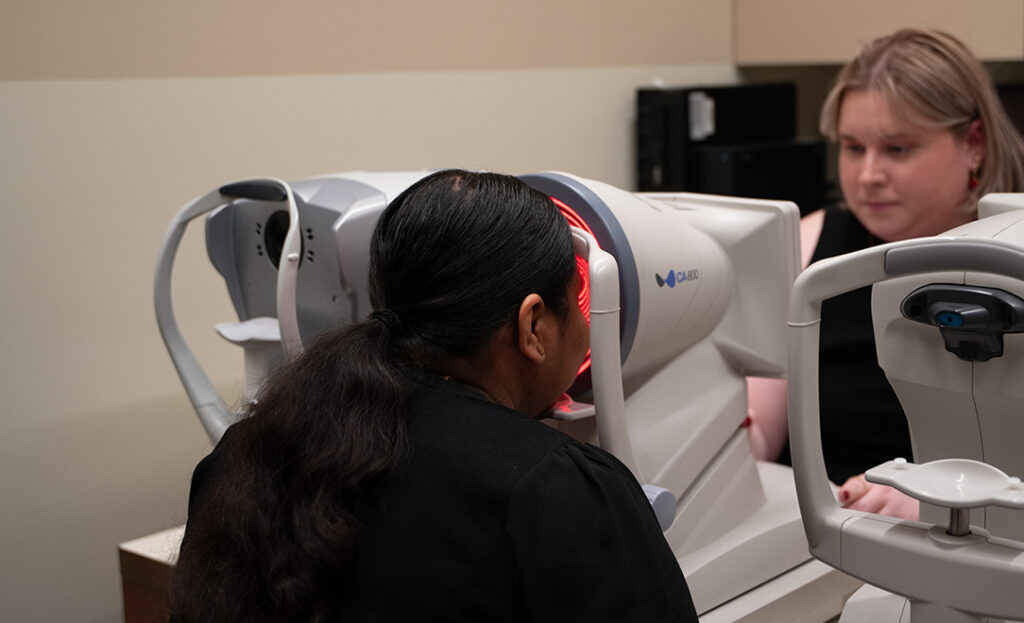
When Should You Have an
Eye Exam?
The Canadian Association of Optometrists recommends:
- Adults aged 20–64: every 2 years
- Seniors 65 and older: annually
Routine eye exams are crucial for maintaining your vision and detecting issues early, even before symptoms develop. Depending on your health history, vision changes, or risk factors, we may recommend more frequent visits.
What to Bring to
Your Appointment
Your eye care is important to us. To make the most of your visit, please bring:
- Your B.C. Services Card
- Any insurance cards (for direct billing or reimbursement)
- Your current prescription glasses or your previous prescription
- Contact lens packaging or prescription (if applicable)
If you’re interested in trying contacts, let us know—we can often add a contact lens exam and fitting to your visit.
Why Eye Exams
Matter
Regular eye exams are one of the best ways to detect early signs of vision changes or eye disease, often before you notice symptoms. Our comprehensive exams check your vision and overall eye health, and include screenings for:
- Age-related macular degeneration (AMD)
- Glaucoma
- Cataracts
- Diabetic eye disease
- Flashes, floaters & more
We’ll take the time to explain your results, answer your questions, and recommend any next steps to protect your sight.
Dilation & Retinal Imaging
To check the health of your retina, we may dilate your eyes or use optomap retinal imaging. Both these tests provide us with an excellent view of your retina, helping us to identify vision impairment, blindness, and life-threatening diseases.
To prepare for eye dilation, we ask you to bring a pair of sunglasses to your appointment. Sunglasses will help protect your eyes from any light sensitivity after dilation. For most patients, the dilation process will not affect their ability to operate a vehicle safely; however, their vision may be slightly blurry.
Book Your Next Eye Exam
Our team is ready to welcome new and returning Kelowna patients to our practice! From your first visit to your follow-up care, we’re here for you. Whether it’s been a while since your last exam or you’re staying proactive about your vision, we’re ready to welcome you.
Contact us to schedule your next eye exam today.
Book Appointment
Come Visit Us in Kelowna
Stop By
Let our family take care of your family. We’re excited to share our beautiful office and friendly team with everyone in the Kelowna area.
Where to Park
We are located in the Orchard Park Shopping Centre, right inside LensCrafters! The closest entrance is located near Old Navy & Tim Hortons. There’s plenty of parking available.
Our Address
Contact Information
- Phone: 250-762-2090
Hours of Operation
Our office opens before mall hours on certain days. Entry at these times is by appointment only, if you have a scheduled appointment we will ensure the doors are unlocked for your arrival.

